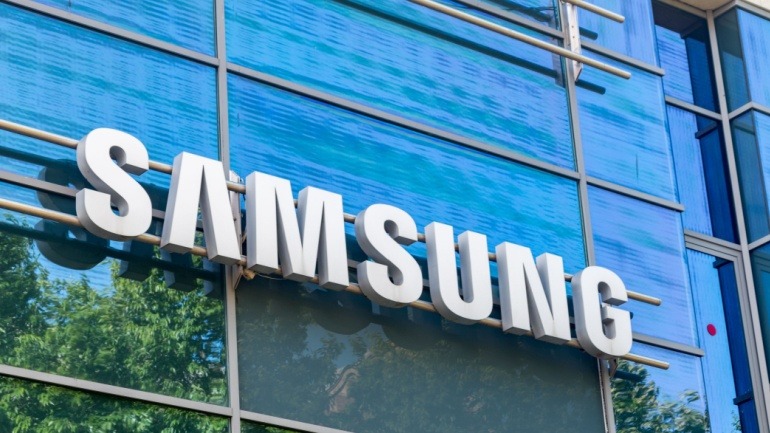Global smartphone shipments saw a notable 7.8% year-over-year increase in the first quarter of 2024, according to data from IDC’s Worldwide Quarterly Mobile Phone Tracker. The total shipments for the quarter reached 89.4 million units, marking the third consecutive quarter of growth and indicating a solid recovery in the smartphone market.
Samsung reclaimed its position as the leading smartphone vendor during this period, displacing Apple, which held the top spot in 2023 according to IDC’s figures. The shift reflects a dynamic market landscape where major players are vying for dominance amidst ongoing macroeconomic challenges in various markets.
Ryan Reith, IDC’s group vice president for Worldwide Mobility and Consumer Device Trackers, commented on the market’s progress, noting a growing sense of optimism among top brands as recovery gains momentum. Reith highlighted Samsung’s successful resurgence, positioning the company as a key player in the evolving market.
While Apple and Samsung are expected to maintain their stronghold in the high-end segment, IDC anticipates intensified competition from other players like Huawei, Xiaomi, Transsion, OPPO/OnePlus, and vivo. These competitors are likely to push for market expansion and diversification as recovery continues.
Nabila Popal, research director at IDC’s Worldwide Tracker team, emphasized the changing dynamics within the smartphone industry. Popal noted a shift in market power among the top companies, with Xiaomi rebounding from previous declines and Transsion solidifying its presence in the top ranks with aggressive international growth.
The resurgence of Huawei in China is particularly notable, with a significant 64% increase in sales, contrasting with a 24% decline in Apple’s iPhone sales in the region during the same period.
Overall, the latest IDC figures underscore Samsung’s renewed strength in the global smartphone market. While challenges persist, the industry’s recovery trajectory suggests continued evolution and competition among key players seeking to adapt to post-recovery dynamics.
This market shift aligns with broader trends indicating a preference for higher-value devices as consumers opt for smartphones designed to withstand longer usage cycles, influencing market strategies and positioning among leading manufacturers.







